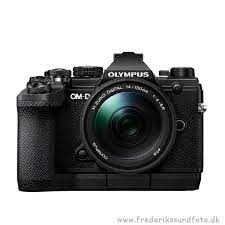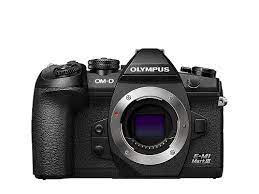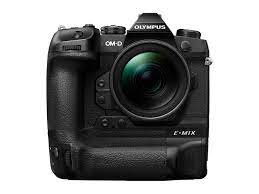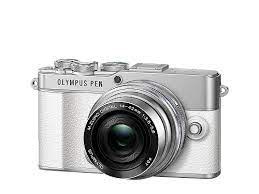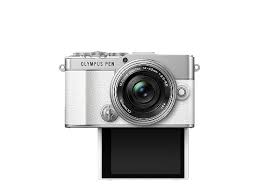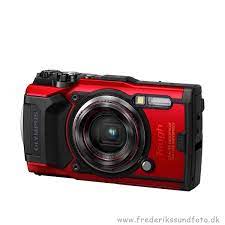7 of the Best Olympus Cameras to Try Out in 2025
Rent film gear from local filmmakers.

Rent film gear from local filmmakers.
Olympus is one of the market leaders in the world of cameras, offering nothing other than high-quality and stunning devices.
Still, these premium products come with an equally premium price tag. Regardless, when selecting a camera, it is best to make sure we are making the right investment.
Plus, all their cameras have complex names, so it is worth distinguishing them.
What about all the filters, lenses, and additional gear? Learn about the essential camera equipment and you will never get lost in the sea of options again.

7 of the best Olympus cameras in 2025
1. Olympus OM-D E-M5 Mark III
Key features
- Type: Mirrorless
- Sensor: MFT
- Megapixels: 20.4MP
- Continuous shooting speed: 30fps (Pro Capture mode), 10fps (mechanical shutter)
- ISO range: 200 - 6400 (auto) and 200 - 25600 (manual)
- Shutter speed: 1/8000 - 60 sec
- Skill level: Enthusiast/Expert
- Max video resolution: c4K/4K
- Weight: Approximately 373g (camera body only)
Pros:
- Excellent 152 raw file buffer
- Dimensions and handling
- Range of lenses
- Robust
Cons:
- The MFT sensor is smaller than the APS-C
2. Olympus OM-D E-M1 Mark III
Key features
- Type: Mirrorless
- Sensor: MFT
- Megapixels: 20.4MP
- Continuous shooting speed: 60fps
- ISO range: 200 - 6400 (auto) and 200 - 25600 (manual)
- Shutter speed: 1/8000 - 60 sec
- Skill level: Enthusiast/Professional
- Max video resolution: 4K
- Weight: 580g (including batteries)
Pros
- 80MP high-resolution
- Faster shooting speed
- 7.5-stop stabilisation
Cons
- The sensor hasn't evolved for the last 6 years

3. Olympus OM-D E‑M10 Mark IV
Key features
- Type: Mirrorless
- Sensor: MFT
- Megapixels: 20.3MP
- Continuous shooting speed: 15fps
- ISO range: 200 - 6400 (auto) and 200 - 25600 (manual)
- Shutter speed: 1/4000 - 60 sec
- Skill level: Intermediate/Enthusiast
- Max video resolution: 4K
- Weight: Approximately 335g (camera body only)
Pros
- Upgraded sensor
- Beginner-friendly
- Light-weight
Cons
- No microphone port
- Plastic body
4. Olympus OM-D E-M1X
Key features
- Type: Mirrorless
- Sensor: MFT
- Megapixels: 20.4MP
- Continuous shooting speed: 15fps
- ISO range: 200 - 6400 (auto) and 200 - 25600 (manual)
- Shutter speed: 1/8000 - 60 sec
- Skill level: Professional
- Max video resolution: 4K
- Weight: 849g (body only)
Pros
- Superior autofocus
- Well-built
- USB charging
Cons
- Pricey compared to similar models
- Heavy

5. Olympus PEN E-P7
Key features
- Type: Mirrorless
- Sensor: MFT
- Megapixels: 20.3MP
- Continuous shooting speed: 15fps
- ISO range: 200 - 6400 (auto) and 200 - 25600 (manual)
- Shutter speed: 1/4000 ‑ 60 sec
- Skill level: Enthusiast
- Max video resolution: 4K
- Weight: 337g (including battery and memory card)
Pros
- Selfie-friendly
- Excellent stabilization
- USB charging
Cons
- Not available worldwide
6. Olympus PEN E-PL10
Key features
- Type: Mirrorless
- Sensor: MFT
- Megapixels: 16.1MP
- Continuous shooting speed: 14.1fps
- ISO range: 200 - 6400 (auto) and 200 - 25600 (manual)
- Shutter speed: 1/4000 ‑ 60 sec
- Skill level: Beginner
- Max video resolution: 4K
- Weight: 380g (including batteries)
Pros
- Intuitive system
- Can shoot at 120fps if you drop down to 720p
Cons
- Not much better than its antecedent
7. Olympus TG-6
Key features
- Type: Compact
- Sensor: 1/2.33 inch
- Megapixels: 12.0MP
- Continuous shooting speed: 20fps
- ISO range: 100 - 1600 (auto) and 100 - 12800 (manual)
- Shutter speed: 1/2 to 1/2000 sec
- Skill level: Beginner
- Max video resolution: 4K
- Weight: Approximately 253 g (with a battery and memory card)
Pros
- Portable
- 5 underwater shooting modes
- Waterproof and shock-resistant
Cons
- Average sensor quality
- Costly
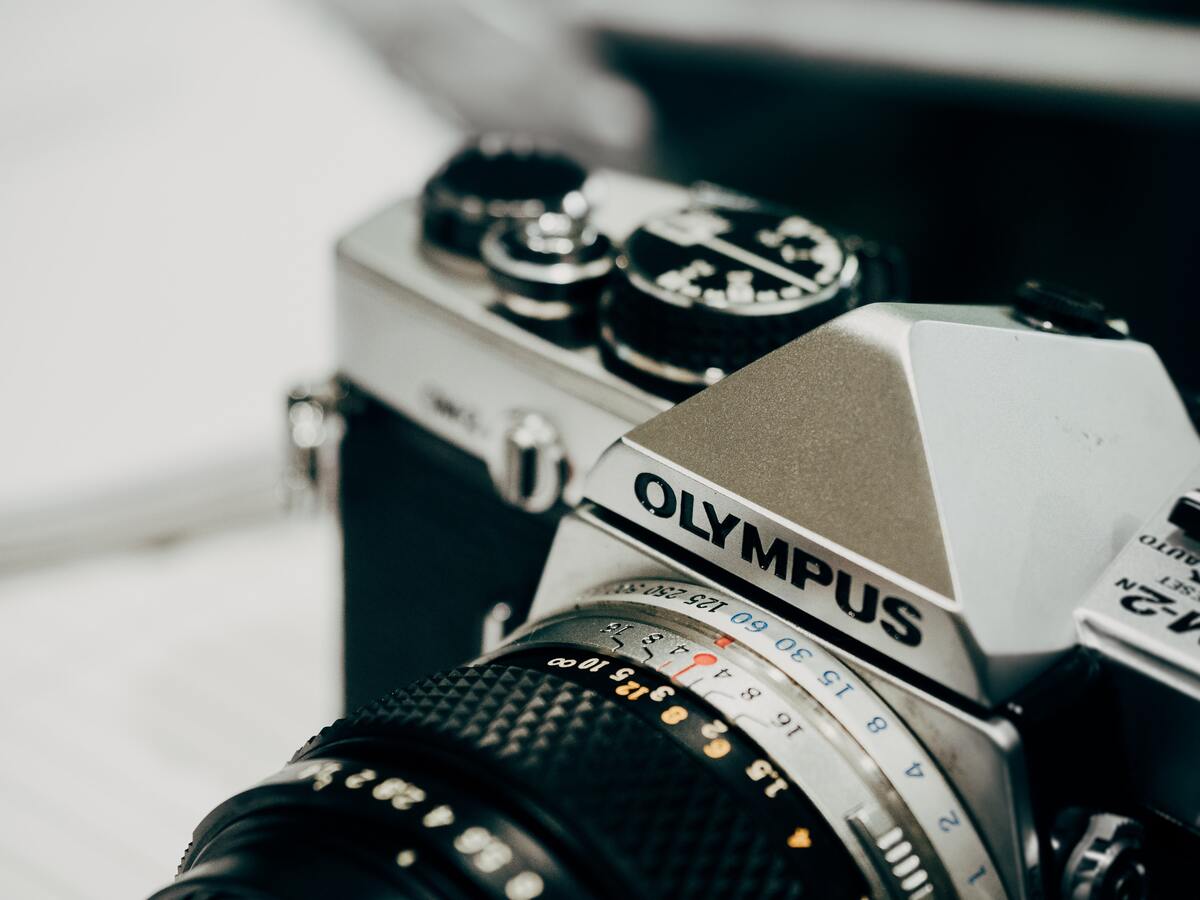
What to consider in an Olympus camera?
Ruggedization
Ruggedization is about making a device strong and resistant. That way it resists environmental challenges (like temperature), shocks and vibrations.
Once you invest in a camera, you want it to survive the years. Hence this is an important aspect to consider.
Crop factor
Crop factor is a term that represents the ratio between the camera's sensor size and a traditional 35mm film frame. In practice, it will impact your focal length.
If your sensor is smaller than full-frame (35mm), the image is cropped smaller, as if it was zoomed in.
The higher the number, the more cropped it will be for any given focal length, and the lower the quality of the image too.
That said, before buying any Micro Four Thirds lens, check its compatibility with your particular Olympus camera model.
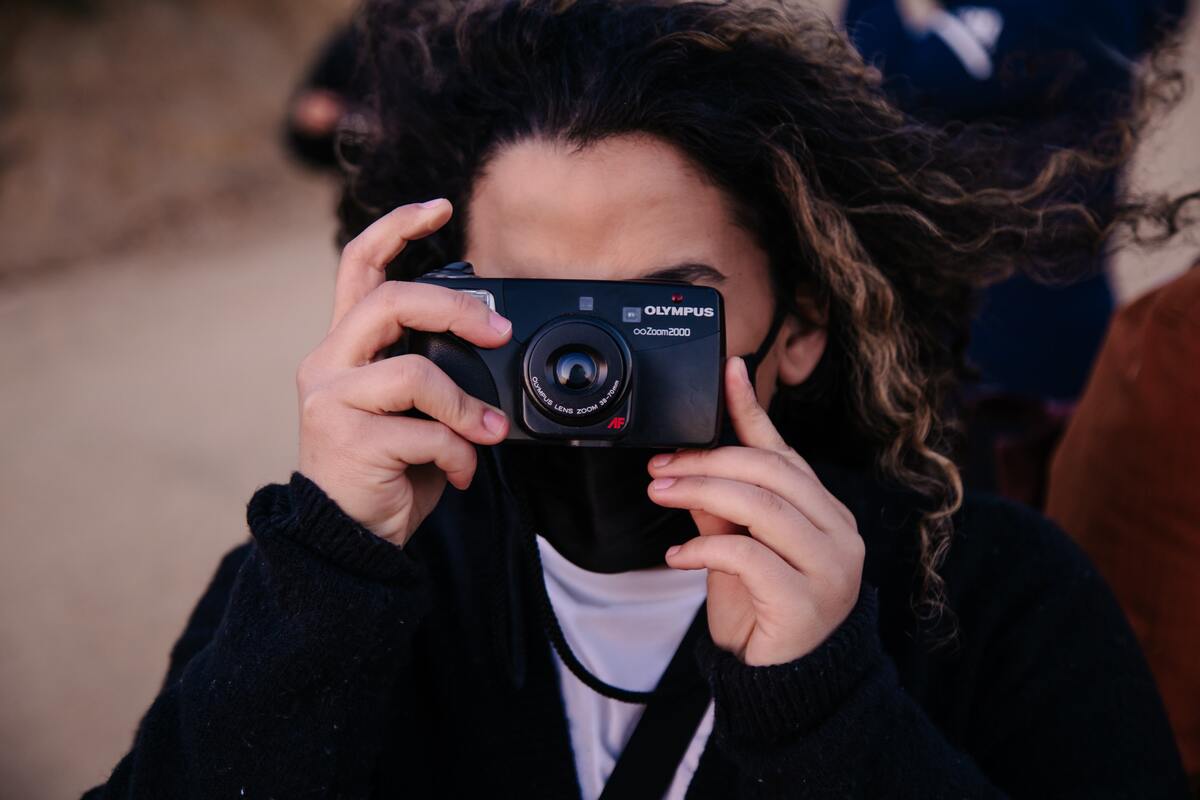
Discover the best Panasonic cameras
As a professional, you deserve the best of the best.
If you look to invest in a high-quality device, discover the best Panasonic cameras.
Should I rent a Panasonic camera?
Camera Rental: Save Money with Wedio
5sHshmF1n_Y
Rent Camera Gear: Access Pro Equipment
qqHXJy6AWlc
Camera Hire: Take Your Production to The Next Level
71PttfqWPXk
About the instructors
FAQ
Which Olympus Pen camera is the best?
Olympus PEN E-PL10.
Which Olympus camera is best for night photography
Olympus OM-D E-M1 Mark III.
What Olympus camera is best?
Olympus OM-D E-M5 Mark III.
Is an Olympus camera worth it?
Yes.





















